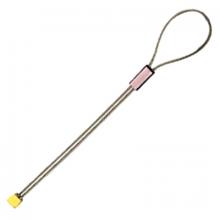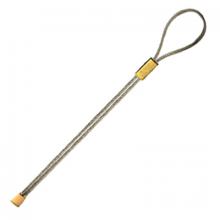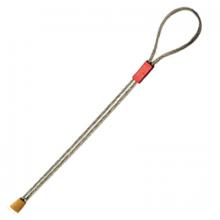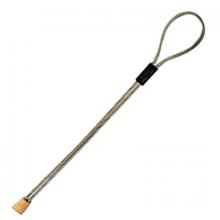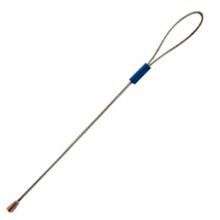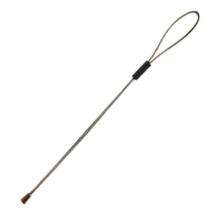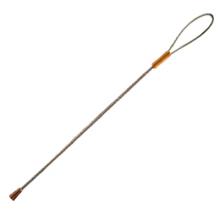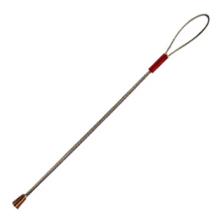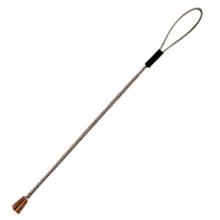The UIAA equipment standard provides a baseline for equipment performance in a test lab under controlled conditions on new equipment. Although these test conditions are relevant to the conditions encountered climbing, conditions encountered at the crags and the condition of the equipment are equally important. This recommendation from the UIAA member federation The British Mountaineering Council (BMC) provides vital equipment information that is NOT explicitly addressed in the standard, particularly failure modes of the equipment and recommendations for the use, inspection, maintenance, and retirement of equipment.
Astro Nut 2
Description
• The same revolutionary concept as Curve Nuts with the addition of a transverse taper
• Awesome in flares and pin scars
• Silicon Bronze for maximum bite and strength
• Color-coded, anodized collars make identification easy
Retail price
When you click a link below and then checkout online, no matter what you buy (climbing gear or not), we get a small commission that helps us keep this site up-to-date. Thanks!
| Weight (grams / ounces) | 6 g / 0.21 oz |
| Size | 2 full size (for aid use only) |
| Colors as a Nut Set | Multi |
| Strength (kilonewtons) | 1 kN |
| Color | Blue |
| Offset | No offset |
| Range (inches / millimeters) | 0.14 in - 0.24 in 3.50 mm - 6.10 mm |
| Material(s) | Main Material: Silicon Bronze |
| Certification | |
No reviews yet.
Astros are a superb choice for free climbers who like to carry a couple of brass nuts on their racks. Astros work well in all types of rock and excel in highly featured and irregular rock in areas such as Smith Rocks and The Needles of South Dakota. They fit flaring pods and pin scars fairly well but not nearly as well as the DMM Brass offsets. For aid climbing, we wouldn't carry the Astro nuts exclusively. However, they do mix well with the DMM Brass Offsets, fitting some cracks that DMM Brass Offsets don't.
A pictoral representation of the UIAA-124 and EN-12270 standards for chocks (which includes nuts and hexes).


